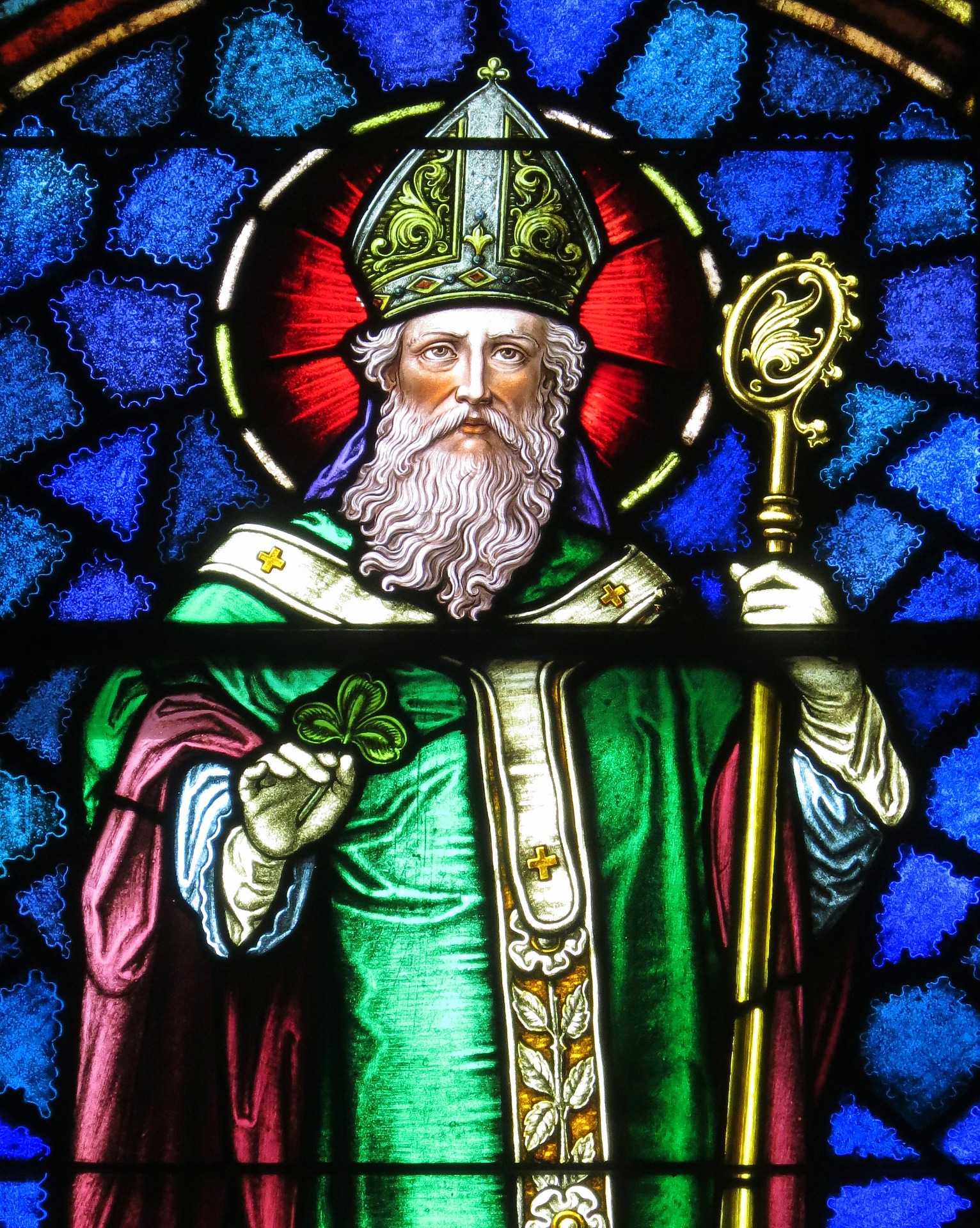Saint Patrick's Day
Summary

History

On 17 March the patron of the Republic of Ireland and Northern Ireland, Saint Patrick , is celebrated by the Irish.
Saint Patrick was born in Britain in the late 4th century. At that time, Britain was in Roman hands. When St Patrick was a teenager he was kidnapped and taken to Ireland to be a slave. After some time he escaped, trained to be a priest and around 432 he decided to go back to Ireland to convert the Irish to Christianity. He did this by establishing monasteries, churches and schools all over Ireland.
There are quite a few legends about St Patrick. He would, for example, be the reason there are no snakes in Ireland. According to the legend he drove them all away. He also chose the shamrock as a symbol of the Holy Trinity of Christianity because it has three leaves, later on it became the national plant.
Saint Patrick's Day started as a religious feast to celebrate that St Patrick brought Christianity to Ireland, but it has grown to be an international festival of all things Irish.
In many Irish cities, such as Dublin and Galway, parades are held. In many cities with Irish immigrants this is the case as well. Think of cities such as Boston and New York. Cities literally turn green. In Chicago the river is coloured green to celebrate the holiday. People also wear green clothes or pin a shamrock to their clothes to celebrate. Some take it even further and dress up as leprechauns.
Often the Irish celebrate by going to the pub and drinking green beer. Small Irish people - no not leprechauns, but kids - often take part in a potato hunt, which is similar to an Easter egg hunt. Instead of looking for Easter eggs, children try to find small potatoes.